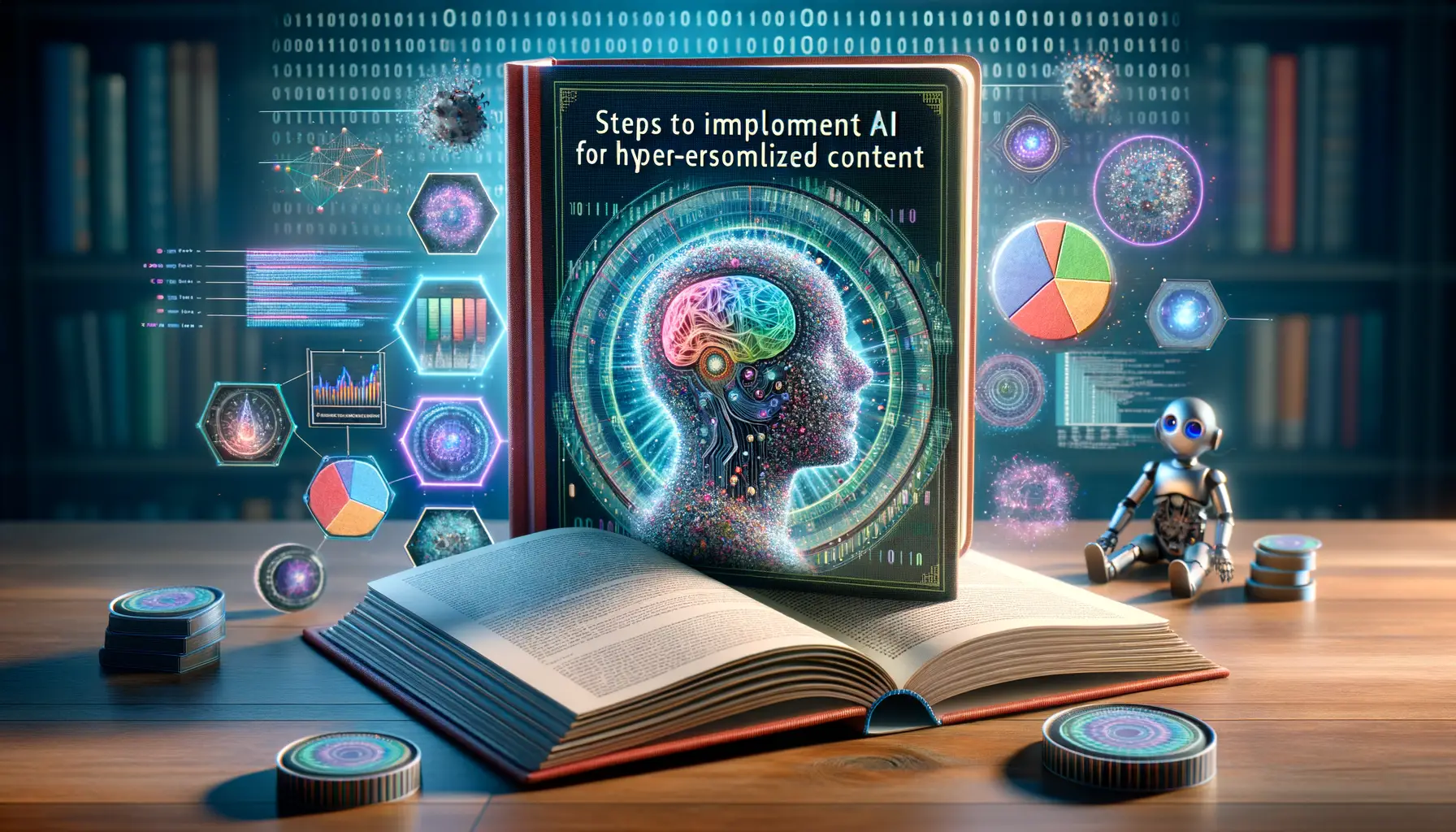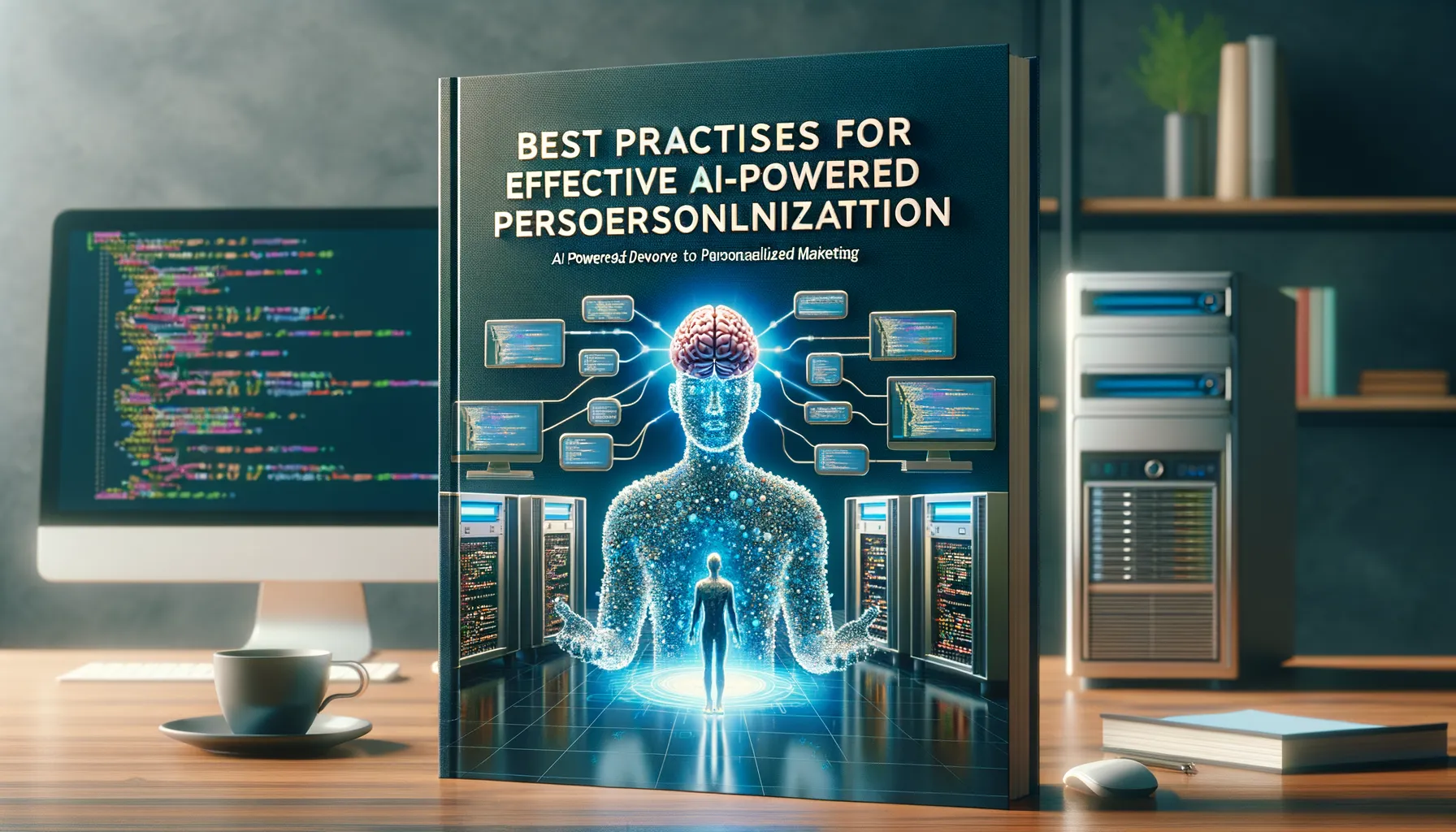Understanding the Role of AI in Personalization
Why AI Feels Like Your App’s Personal Concierge
Imagine walking into your favorite coffee shop, and the barista greets you by name, knows your usual order, and casually mentions a new drink they think you’ll love. That’s exactly what AI delivers in the world of app content—except it’s scaled to millions of users with stunning precision.
Artificial intelligence is the powerhouse behind hyper-personalization. Unlike traditional algorithms that rely on static rules, AI analyzes mountains of data—from user behavior patterns to real-time interactions—allowing apps to adapt like a best friend who really “gets” you. It’s not just about knowing what users want; it’s about anticipating their unspoken needs. For instance, think of Netflix suggesting a show hours before you even realize you’re in the mood to binge-watch.
Here’s what makes AI transformative for personalized apps:
- Behavior-based recommendations: Suggesting products, articles, or features based on how someone interacts with your app.
- Contextual relevance: Offering tailored content that aligns with time, location, or even mood.
- Real-time adaptability: Dynamically adjusting to user preferences as they evolve—no lag, no waiting.
AI turns personalization into an art form, combining data-driven insights with human-like intuition to craft experiences that feel truly one-of-a-kind. Every tap, swipe, or search tells a story—and AI listens.
Steps to Implement AI for Hyper-Personalized Content

Lay the Foundation for AI Integration
Incorporating AI to craft hyper-personalized app content isn’t just flipping a magic switch. Think of it as building a house—you don’t start with the fancy rooftop terrace. Step one? Nail down your data structure and strategy. Your AI tool can only be as good as the fuel you feed it, and in this case, the fuel is user data.
Start by analyzing your current database. Are you collecting behavioral cues like clicks, searches, and time spent on features? Or perhaps demographic details? If not, now’s the time to fill those gaps. The richer your dataset, the sharper the personalization. Integrations matter too: sync your CRM, analytics software, and customer journey maps for a seamless flow.
Next up, training your AI. It’s like teaching a toddler what’s valuable versus noise. Feed it tagged content tied to past user behaviors to help it learn those juicy patterns. Don’t skip this part—lazy setup means mediocre results.
Build Dynamic Content That Feels Human
Here’s where AI sparkles: dynamic, tailored responses. Imagine an app that anticipates cravings, like Netflix recommending thrillers after dark or Spotify crafting chill playlists for Sunday mornings. That’s the goal.
To get started:
- Segment your audience based on behavior, location, or preferences. This adds precision to the AI’s suggestions.
- Experiment with AI-driven tools like Natural Language Processing (NLP) for tone and style. For example, would your audience prefer a humorous nudge or a straightforward approach?
- Use machine learning to test and adjust. Let your AI refine as it discovers patterns, like when users engage most or skip prompts entirely.
Every piece of content should whisper, “I get you,” without the creep factor. Tread thoughtfully!
Best Practices for Effective AI-Powered Personalization

Cracking the Code of Personalized Experiences
AI-powered personalization is like a backstage crew, orchestrating the perfect performance for every app user. But to truly nail it, you need more than just the tech—you need finesse, strategy, and a human touch. Here’s how to elevate your game:
- Start with clean, quality data: AI can only deliver magic if the ingredients are top-notch. Think of data as the seasoning in your recipe—nothing ruins personalization faster than outdated or incomplete data.
- Segment smartly, but think fluidly: Instead of rigid customer categories, allow room for adaptation. AI thrives when it can learn from user behavior on the fly, offering a Netflix-like ‘How did they know I wanted this?’ experience.
Tweak, Test, and Trust Automation
You wouldn’t hand over the keys to a new car without testing how it handles, right? The same goes for AI-powered personalization. Continuously experiment with A/B testing. Let’s say your app recommends workout plans. Try testing different visuals, language tones, or offer structures.
Finally, use AI to automate repetitive tasks but keep humans in charge of the creative vision. Remember, even the smartest AI can feel hollow without a spark of relatable humanity. Trust your instincts, refine with data, and watch the user engagement soar.
Tools and Technologies to Leverage for Personalization

Handpicked Tools to Bring Your Ideas to Life
Imagine having a toolbox so packed with possibilities, it feels like magic. For crafting hyper-personalized app content, you’ll need exactly that – a mix of smart, intuitive, and scalable tools. Let’s dive into the essentials.
First, there’s the powerhouse duo: AI-driven recommendation engines like Amazon Personalize or Algolia Recommend. These aren’t just buzzwords; they’re the secret sauce behind showing users *exactly* what they crave, at precisely the right moment. Think of them as your app’s compass, always pointing toward relevance.
Don’t overlook data analytics platforms. Tools like Google Analytics 4 go beyond surface numbers, giving you rich behavior insights. Pair this with customer data platforms (CDPs) like Segment to centralize and segment customer profiles.
- Natural language processing tools (e.g., OpenAI) are perfect for creating dynamic, conversational content.
- Want real-time adaptability? Tap into tools like Dynamic Yield or Optimizely for AI-driven A/B testing and automated layouts!
Finally, don’t forget APIs from tools like Twilio for personalized notifications or Clearbit for enriching user data profiles. With this arsenal, personalization isn’t distant – it’s at your fingertips!
Measuring Success and Optimizing AI-Driven Content

Tracking Performance: Know What Works
Imagine launching an AI-powered app feature that feels like it was tailor-made for every user. But how do you know if it’s truly dazzling them or just gently catching their attention? To uncover the truth, start by diving into performance metrics. Pay close attention to indicators like engagement rates, session durations, and even the subtler dynamics, like how often users return.
Here’s a golden tip: create a feedback loop not just for numbers but for real human reactions. Use in-app surveys, monitor reviews, and read between the lines of user comments. For example, if a user mentions, “This app just gets what I need!”—that’s your green light to keep optimizing along those lines.
- Heatmaps: Where are users clicking most?
- A/B testing: Which variation resonates better?
- User flows: Are there drop-off points screaming for attention?
Fine-Tuning Your AI Magic
Optimization isn’t just about crunching data—it’s an artful dance. When the algorithm suggests something wild, lean in! Who knew swapping one word or tweaking a tone could spike engagement by 20%? The secret sauce lies in constant experimentation and trusting the unexpected.
Stay adaptable. Trends evolve; so should your AI. Updating datasets regularly ensures your app doesn’t feel stuck in yesterday’s preferences but sparkles with today’s relevance. In short: measure, pivot, amaze.
